Attractions
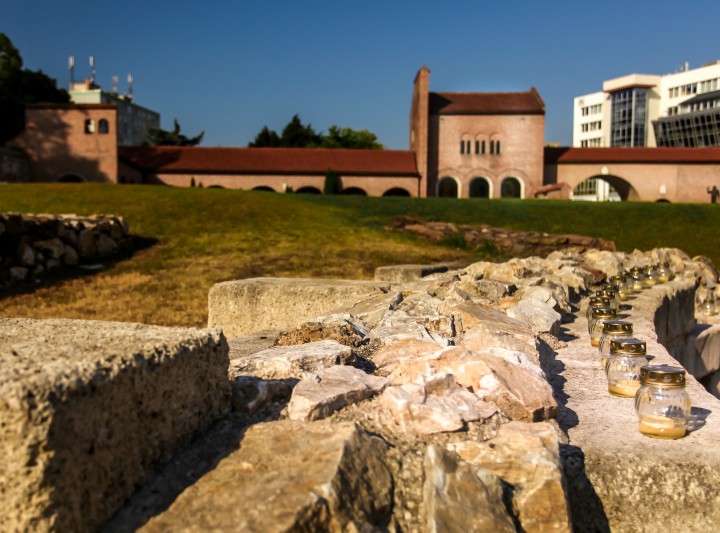
The Medieval Ruin Garden of the Coronation Basilica – National Memorial Place
At the site of the former coronations and funerals, today we can find the highly ornate sarcophagus of St. Stephen and the wall-painting of Vilmos Aba-Novák depicting the Holy Right and the Holy Crown.
The church was first mentioned in 1031. The three-aisled building with four towers was the coronation church of the Hungarian Kings, 38 kings were crowned here in the middle ages. St. Emeric, who died suddenly and tragically, was buried here. His father, St. Stephen, founder of the Hungarian state, had built to be his own burial place. After this 14 Hungarian kings and several royal family members found their final resting place in this church. National assemblies were held in this place, the royal throne was here, the national treasury was kept in this place as well as the national archives, the crown, the sceptre, the sword and the coronation robe. It was destroyed in an explosion in 1601 and its stones were gradually taken to be used in new buildings. The archaeological excavations started in 1862 still continue to this present day. The area was formed, excavated and presented in 1938 which was the 900th anniversary of the death of St. Stephen. The mausoleum and archway that can still be seen today was built according to the plans of Géza Lux. The sarcophagus, which held the remains of St. Stephen was also placed in this area.
| Address: | 8000 Székesfehérvár, Koronázó tér |
| Email: | bejelentkezes@szikm.hu |
| Phone: | +3622 315 583 |
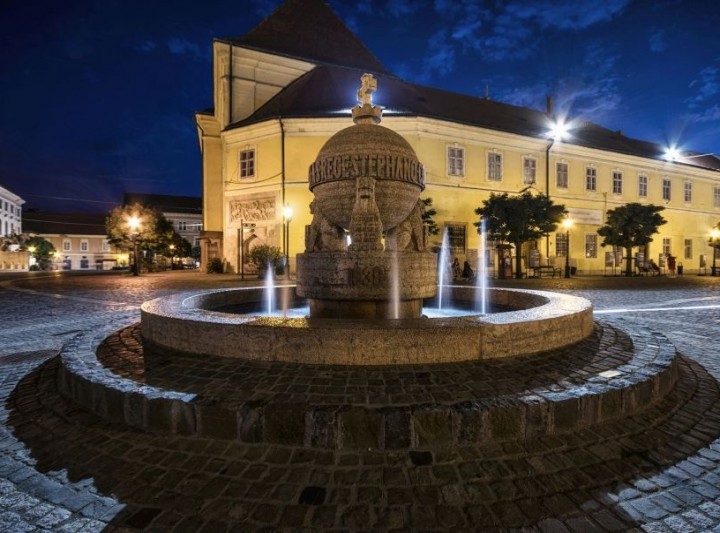
Orb and Town Hall Square
Béla Ohmann's work of art- 'The Right of Fehérvár' depicting one of the crown jewels of Hungarian kings dominates the main square of the city. The Latin inscription of around it means: “Fehérvár is a free town by the grace of St. Stephen”.
Székesfehérvár was given its free royal town status by St. Stephen, founder of the state. The work of art- ‘The right of Fehérvár’, in common use it is called the Orb- commemorates this ancient right. The Soviet army boarded it up in 1945. In the 1950s it was cut in half and the upper half was removed with the cross. It regained its spherical shape in the 1960s and in 1986 the cross was also taken back. Three lions hold the Orb above the well-fountain. Each of them guarding a coat of arms of the country, the city and Andrew II. The three dates below them indicate three important events in the life of the town.
1001 – the coronation of King St. Stephen I.
1688 – the liberation of the town from the Ottoman rule
1938 – the 900th anniversary of the death of King St. Stephen I.
The Orb is surrounded by the Bishop’s Palace and the Székesfehérvár Diocese Museum but besides them the other characteristic building of the square is the Town Hall. The right wing of the building was recorded as the town hall in the land registry as early as 1698. It holds one of three murals by Vilmos Aba-Novák in the town and also the certified copy of the Holy Crown bought by public donation.
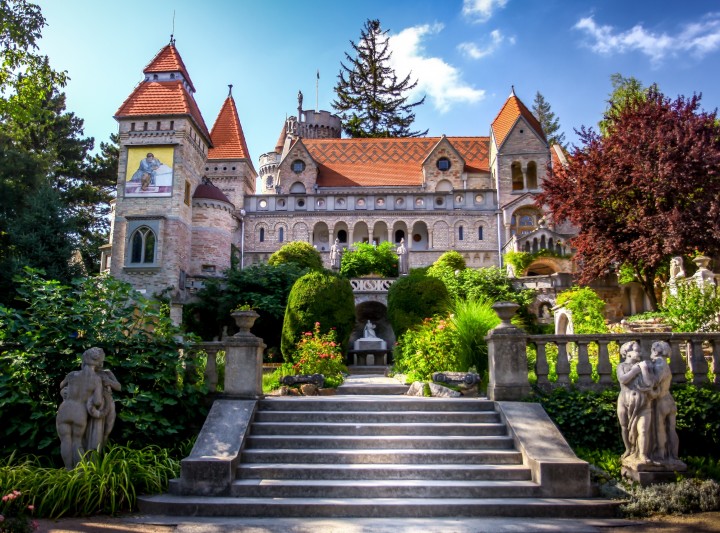
Bory Castle
Between the first and the Second World War, in a suburb still covered by vineyards, on the Öreghegy (old hill) Jenő Bory an architect from Fehérvár began building a castle in 1923 on top of an artificial hill. There are very few artists who had managed to build their own memorial and museum in their lifetime but Jenő Bory is one of them.
The story of the castle starts in 1912 when Jenő Bory bought an area of two acres in Máriavölgy ( Mary Valley) near Székesfehérvár where there was only a press-house. He spent the summers here with his family. Then the war came and after it he began building his castle. Jenő Bory regarded the castle as his own piece of art, not so much a building but rather a statue. His house had been building and spreading year by year without plans. This oversized home with its seemingly self-centered ornaments is a very peculiar example of symbolic architecture in Hungary. Even the layout of the castle is symbolic, it centres around two notions: the chapel of marital love and his workshop symbolising the two cornerstones of Jenő Bory's life. Hundreds of statues can be found in the building made with numerous techniques. The walls are covered with paintings. Mosaics, glass-paintings and ornamental fountains appear in the most unexpected places both inside and out. The buildings were not guessed out on the drawing-board but were developed on the spot as poetic details of the underlying idea. Bory the planning architect was also the building supervisor, the foreman and the bricklayer, too. With the help of a few simple workmen he built, expanded, ornamented and enriched this beautiful creation from 1923 until the day he died in 1959. From the dungeon of the castle to the viewing tower the greatest difference is 30 meters. There are seven towers, thirty bigger and smaller rooms amongst them three workshops and there are statues, paintinhgs, antiques and objects of art everywhere. On the corridors running around the hundred-column court of the castle stand the great characters of Hungarian history, heroes, minstrels and kings from Grand Prince Árpád to Sebestyén Tinódi Lantos.
| Address: | 8000 Székesfehérvár, Máriavölgyi street 54. |
| Email: | info@bory-var.hu |
| Phone: | +36 22 305 570 |
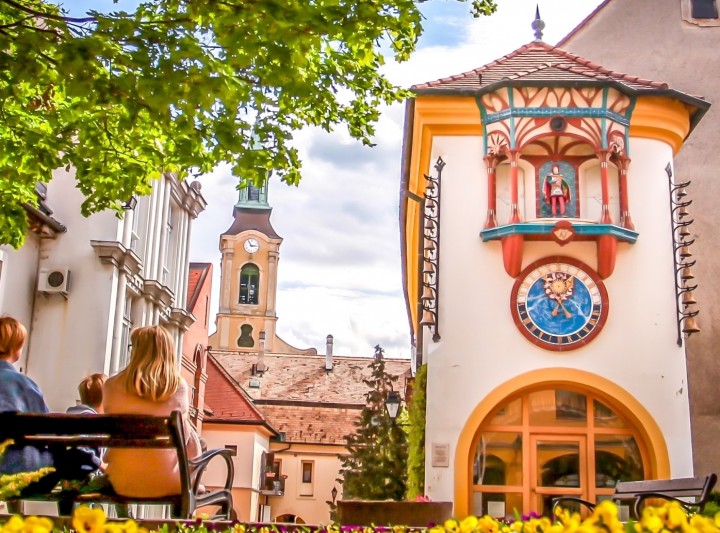
Clockwork and Clock Museum
The characters of the clockwork represent the legendary kings and legendary figures of Hungarian history. The historical figures first make their appearance at 10 o’clock every morning and after that every two hours accompanied with music.
| Address: | 8000 Székesfehérvár, Kossuth street 9. |
| Email: | jenokovacs@t-online.hu |
| Phone: | +36 22 312 235 |
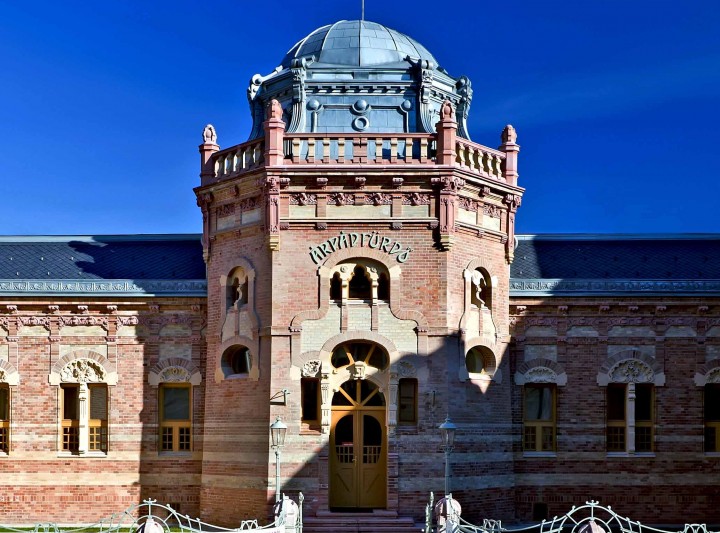
Árpád Bath
This bath was built in 1905 in art nouveau style. I was carefully restored with its shell decorated dome and finally opened to the public in 2010. The atmosphere, the exclusive surroundings and the rich offer of wellness of the spa is an ndulgence for the soul and the body.
This art nouveau style building was built on top of the carbonated water of the Árpád spring – that operated as a hygienic bath – was opened to the public of Székesfehérvár in 1905. During the renovations of the 1920s it was extended by the Hotel Árpád.
The steam supply of the spa was provided by district heating from the power station in Székesfehérvár from 1946. During the 2010 year renovations of this art nouveau style building the carved row of dressing cabins, the authentical ornamental tiling and stucco-work were restored to their original beauty. The bath was equipped with the most modern technology besides the authentical equipment. The renovations were supervised by the expert of historic buildings and everything was restored that was not destroyed during the 20-year closure of the bath. The most spectacular part of the bath is the Turkish bath, the mosaic covered pool, the whirpool bathand the central pool can ease the stress of the everyday life. Another speciality of the Árpád Bath is the tepidarium with mosaic tiles. Next to the building of this historical bath an other building was built which contains a sauna, a steam-room and a wellness-shower.
| Address: | 8000 Székesfehérvár, Kossuth street 12. |
| Email: | info@fehervar-arpadfurdo.hu |
| Phone: | +36 22 814 400 |
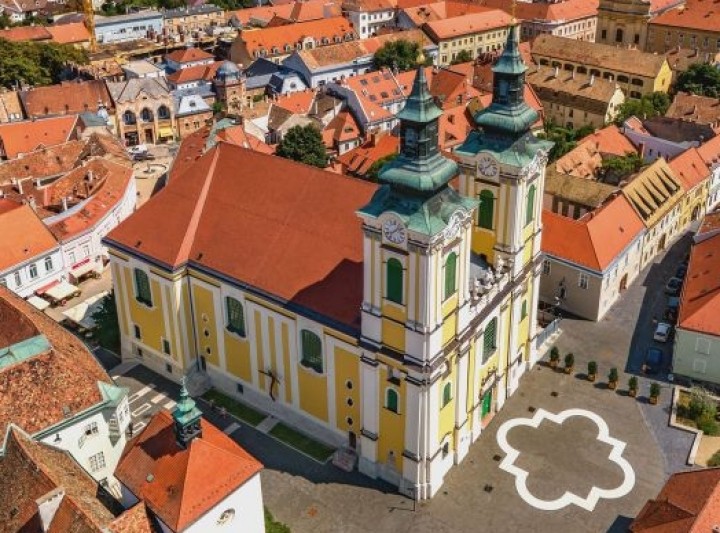
St. Stephen Basilica
The hill of the Basilica was the historic core of the city as it was the first residence of the sovereign, the spot where the palace of Great Prince Géza stood. Those who visit the crypt can also see the stone sarcophagus of Béla III and Ann of Antioch with the imprint of the body of the royal couple.
The hill of the Basilica was the historic core of the city as it was the first residence of the sovereign, the spot where the palace of Great Prince Géza stood. The Basilica was partly built on public donation on the foundations of the medieval gothic St. Peter and St. Paul Basilica between 1758 and 1768 according to the plans of Martin Grabner. A great support was also given for the building by Queen Maria Theresa. The church which was consecrated to the honour of King St. Stephen and which operated as a parish church prior to this was promoted to the rank of a basilica in 1777 at the founding of the Székesfehérvár Diocese. Its steeples were raised between 1805 and 1815 but the gothic windows proving the medieval origin of the building at the centre of the steeples were only uncovered during the restorations between 1936 and 1937.
In the crypt we can see the sarcophagus of Béla III and his wife. Above the scheme-arch frame of the gate opening on the main façade we can see the coat of arms of the city, puttos and stone vases. Above the ledge the terrace between the steeples are closed by stone bars and on three of these pedestals we find the statue of St. Stephen, St. Ladislaus and St. Emeric.
The inside walls of the church are decorated by the frescos of Johann Cymbal depicting the life of St. Stephen. The main altar-piece, depicting St. Stephen as he dedicates the Holy Crown representing the country into the protection of the Great Lady of Hungary was created by Vincenz Fischer. The richly applied red marble creates a solemn atmosphere. The altar segmented by Corinthian columns designed by Franz Anton Hillebrandt master architect of the court is especially nice. The stations of the Calvary were made by Barna Búza, a sculptor in the 1950s.
| Address: | 8000 Székesfehérvár, Arany János street 9. |
| Phone: | +36 22 315 114 |
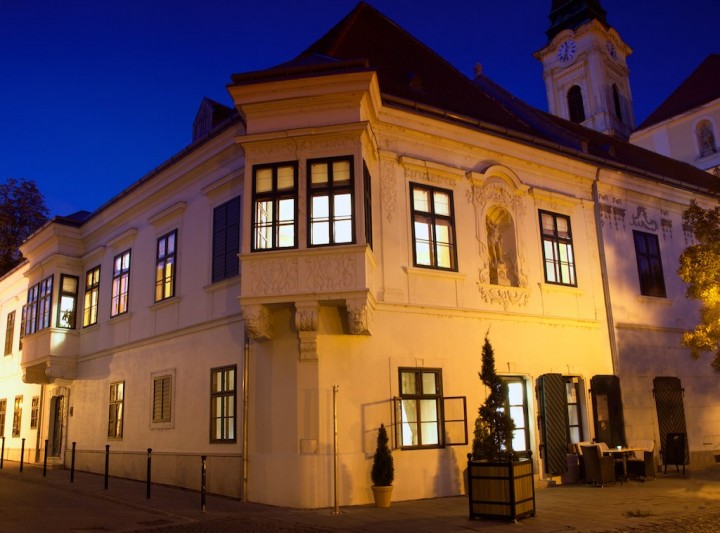
Hiemer House
This baroque-rococo building from the 17th century is really three different houses that have been built into one over the centuries. Today we can also find a wedding-hall in the building.
The Hiemer House is a listed compound of buildings of significant value that has been restored in the city centre of Székesfehérvár and which has been created by the fusion of three medieval buildings. The value of this listed building is given by its relatively well-preserved remains of medieval buildings, baroque frescos and the stucco-work decorating the walls inside and out. Its historic importance also contributes to its value: its former owners were from the most distinguished class of the city.
This is why this block has preserved the names of its owners and families living inside the most well-known of which were Mihály Hiemer, Count Ferdinand Caraffa and Mátyás Pfund (Font). The Hiemer-Font-Caraffa block is first mentioned after the end of the Ottoman rule, in 1688 when in the city re-consecrated by Bishop Pál Széchenyi the mainly run-down buildings were also re-consecrated.
It is a complex providing fully comprehensive services for all modern needs containing several conference halls, press room, two apartments, a restaurant. On the side of the building facing the Town Hall (Városháza) Square we can find the Tourinform Office and the Fehérvár Gift Shop. This building houses the wedding hall of the city and in May 2011 the Hetedhét (behind the beyond) Toy Museum was opened presenting its collection recognised even on a European level. In the cellar an escape room : "The Captain's Secrets " is waiting for the players.
| Address: | 8000 Székesfehérvár, Oskola street 2-4. |
| Email: | virag.zsuzsanna@proalbaregia.hu |
| Phone: | +36 22 511 322 |
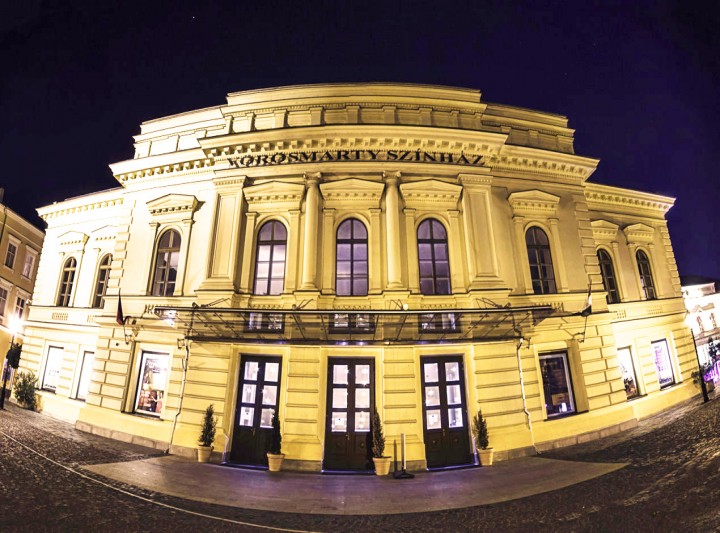
Vörösmarty Theatre
The theatre that was opened in 1874 with the inaugural speech of Róza Laborfalvy opened its doors in December 2005 after completing the renovations and reconstructions that started in 2004.
The Vörösmarty Theatre in Székesfehérvár is one of the most modern and still one of the oldest theatres. The original theatre was opened on 22nd August 1874 and at the inauguration Mór Jokai and Pál Gyulai were present representing the Kisfaludy Association as well as László Arany and Ferenc Pulszky representing the Hungarian Academy of Sciences. The inaugural speech written by Jókai for this event was delivered by Róza Laborfalvy; the gala performance was Bánk Bán from József Katona. The theatre in Fehérvár had a great past and played a glorious role in the history of Hungarian acting.
The most prominent Hungarian actors and actresses appeared on its stage: Irén Varsányi, Gyula Hegedűs, Kálmán Rózsahegyi, Margit Ladomerszky, Gizi Bajor.
During World War II, in 1944, the historic theatre was destroyed, and was completely burnt out. Through a large community effort the people of the city rebuilt the theatre that opened again on 7th November 1962: at this time the Budapest National Theatre performed Csongor és Tünde from Vörösmarty with the leading roles played by Mari Törőcsik and Tibor Bitskey and directed by Endre Marton. The building of the theatre was renovated in 2005. The former fittings on the inside were completely removed, the auditorium was given back its theatrical characteristic, its circle was removed and boxes were built and now the whole auditorium has air-conditioning. The Great Theatre was given state-of-the-art technology: new lighting bridges, new spotlights and motorised scene-shifting mechanism replaced the former, out-of-date stage technology.
| Address: | 8000 Székesfehérvár, Fő street 8. |
| Email: | jegyiroda@vorosmartyszinhaz.hu |
| Phone: | +36 22 503 503 |
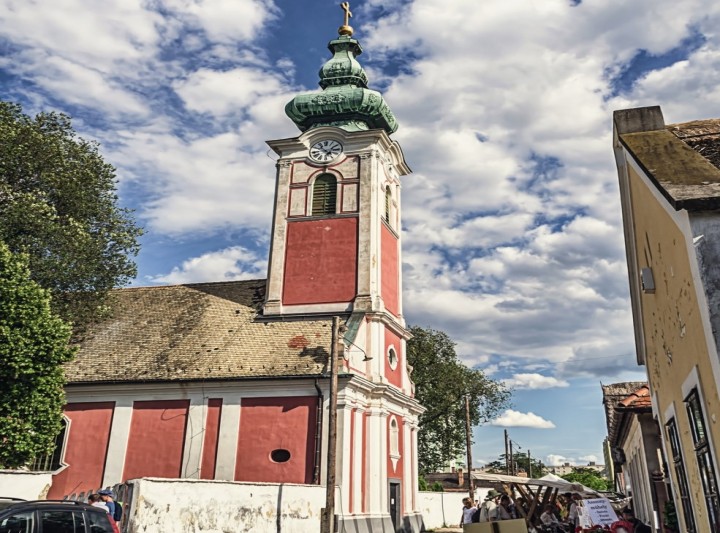
Open Air Museum (Skanzen)
In the Open Air Museum that was the residency of the former Rác (Rascian, Serb) craftsmen, merchants and farmers the folk professions and traditions live on. The “Birth of St. John” Serbian Orthodox church, which was built in 1772, houses an extremely rich collection of iconostasis.
Palotaváros (Palace Town) was formed by two medieval suburbs, Sziget and Rácváros. The main street of Rácváros, the northern part of Palotaváros, was Rác Street which concentrates everything that can be linked with the history of the local Rác (Rascian, Serb) nationality: the church, the Serbian school, the farmers, the craftsmen and the houses of the merchants. The Serbian Orthodox church located in the street is a valuable listed building which stands out from other churches in the city because its simplicity, modesty and small size. It was built in baroque style with one isle and one steeple. It was dedicated to the memory of the birth of John the Baptist.
Rác Street has been preserved since the 1980s as an open air museum at the foot of the ten-story high block of flats in Palotaváros with the Serbian Orthodox church at its centre and with buildings that preserve the original atmosphere of Rácváros and reflect the elements of folk architecture but have new functions.
The exhibition presenting the history and ethnography of Palotaváros was opened in 1988 at number 11 Rác Street entitled ‘Memories of Palotaváros’. This is one of the most typical farmer’s houses which completely preserved the original furnishing of the house. In the back room an exhibition shows the former society and lifestyle of Palotaváros.
This part of the town was famous for its craftsmen and tradesmen. The area was dissected by creeks and canals which were fitting for trades needing a large supply of water (curriers, scourers, cobblers, tanners). The Serbs (Rascians) settling here in the 17th to 18th century made a living from trading. We can study objects, tools and documents connected to these trades of the Palotaváros in the exhibition.
In a different room we can see the tools, machines and equipment of the Dietrich hat-making workshop. The founder of this famous hat-making dynasty of Palotaváros was Ede Dietrich who qualified in 1891 and who was followed by his son, István in the workshops operating in Szömörce and later Csapó Street. The museum bought the hat-making tools and all the equipment from him in 1986.
| Address: | 8000 Székesfehérvár, Rác street 11. |
| Email: | bejelentkezes@szikm.hu |
| Opening hours: | With registry only! |
| Phone: | +36 70 661 9982 |
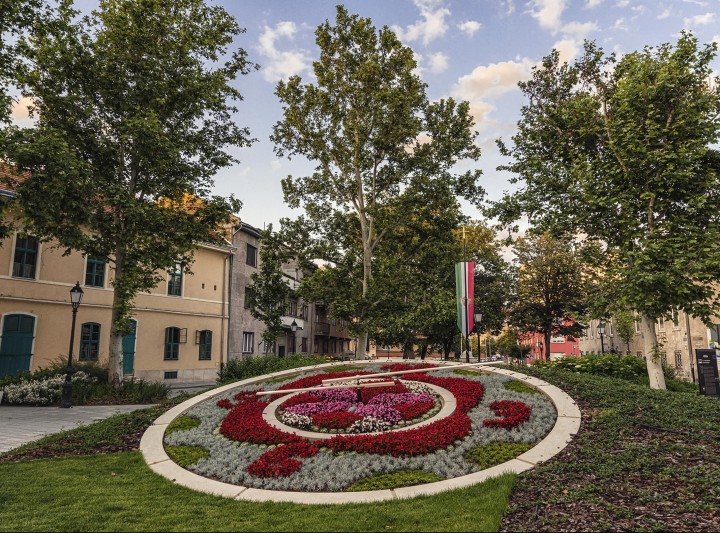
Flower-clock
One of the interesting attractions of the city is this gardening creation renewed from year to year which tells us the correct time from spring till autumn. The date we can see next to the clock is always the correct date!
The line of baroque, classicist and romantic facades of multi-story houses are interrupted by a small park the Országzászló (National Flag) Square. The flower-clock was created by the gardening section of the Székesfehárvár Services Company in the spring of 1960. The flower-clock in the park between Fő Street and Várkörút was designed by Jenő Horváth master gardener. The huge arms are moved by a mechanism lowered into the ground and it tells the right time from spring till autumn. Next to the face of the clock we can also read the correct date made of flowers re-planted every day.
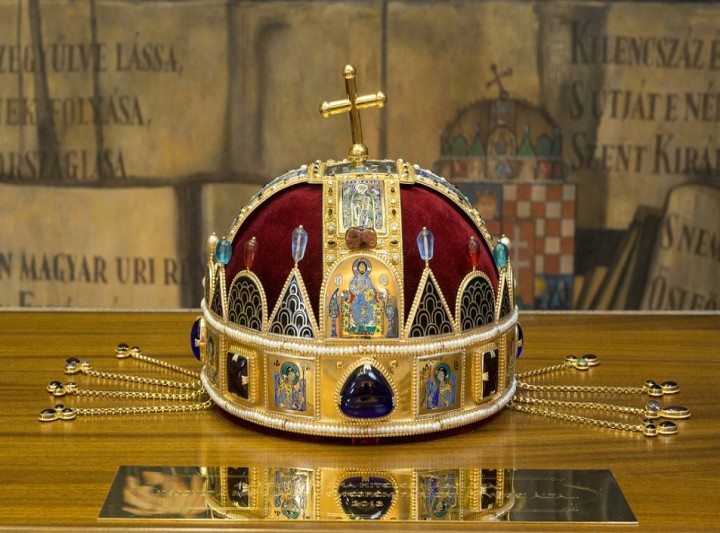
The certified copy of the Holy Crown
You can admire a copy of the Holy Crown up-close displayed at the Town Hall from. Its base is made of fine silver and it is covered in pure gold. This piece of art weighing 1.5-kilos is decorated with 19 enamel pictures and 8 framed enamel pictures.
Altogether 80 almandine stones, 4 sapphire stones, 410 pearls, 6 amethyst stones and 1 turquoise stone decorate it. The certified copy was bought on public subscription in 2013 and is kept at the Town Hall.
It can be visited with the Tourinform Office!
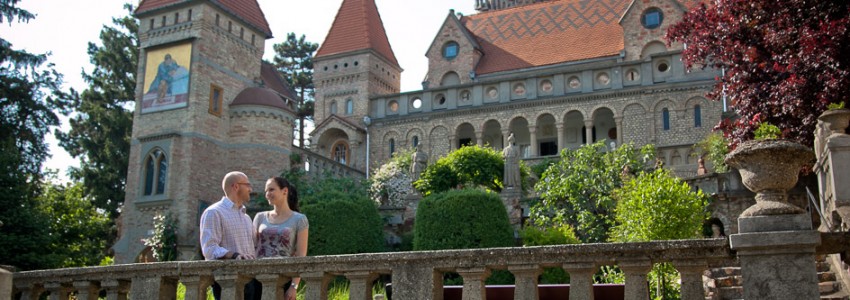
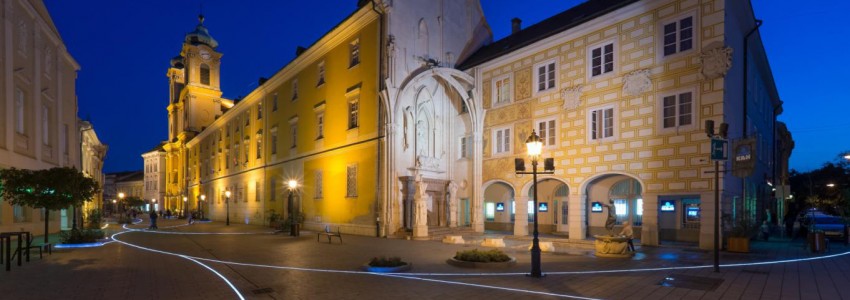

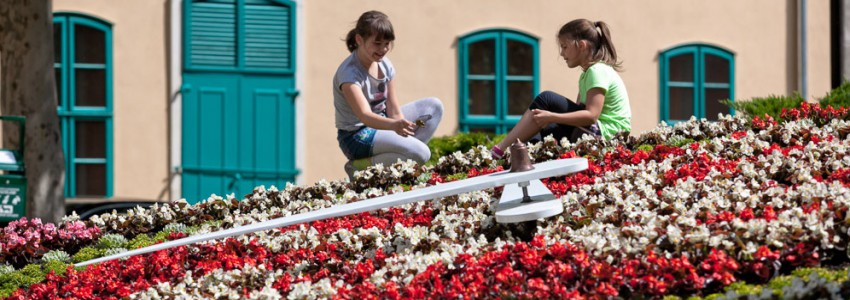
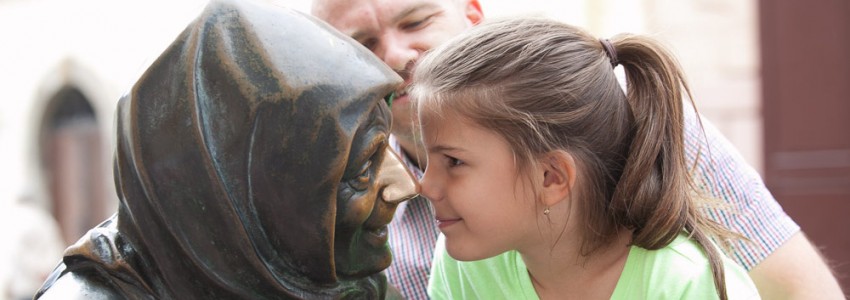
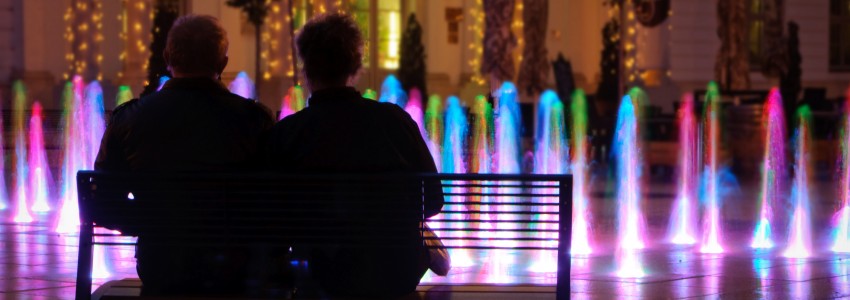
ps.jpg)
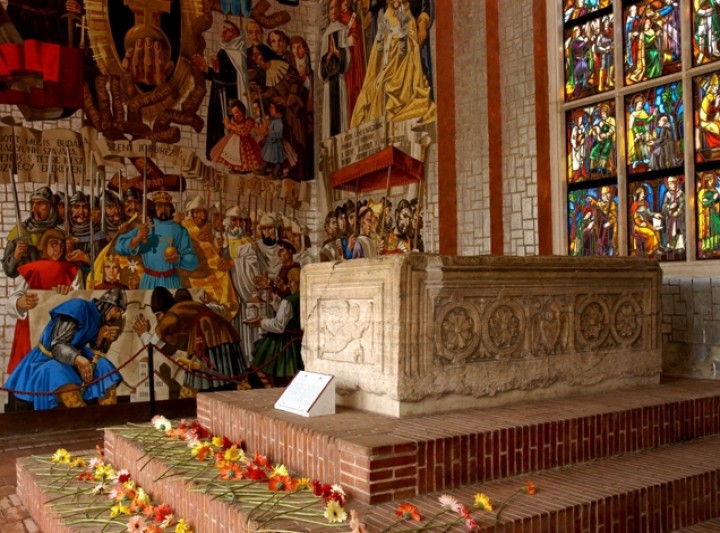


.jpg)
.jpg)
.jpg)
 (reduced).jpg)
ps.jpg)
.jpg)
.jpg)
 (reduced).jpg)
 (reduced).jpg)
.jpg)
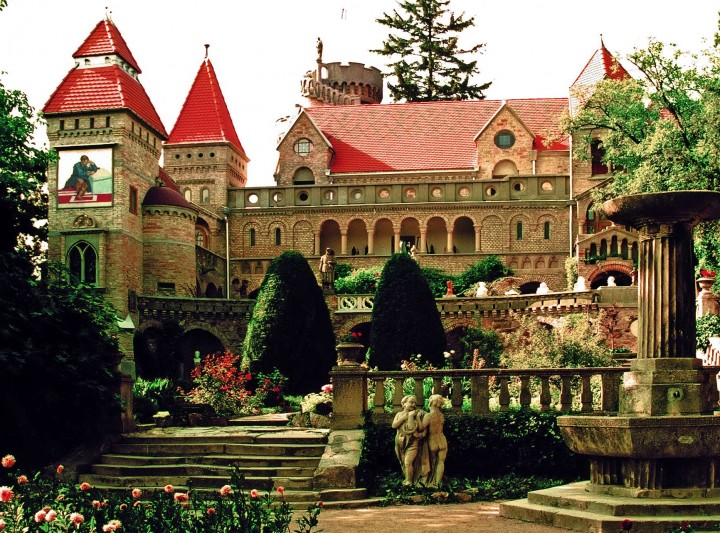
.jpg)
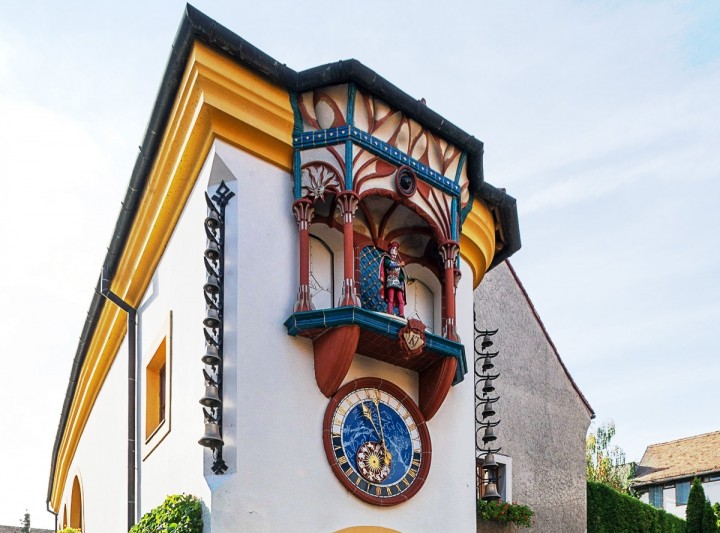

.jpg)
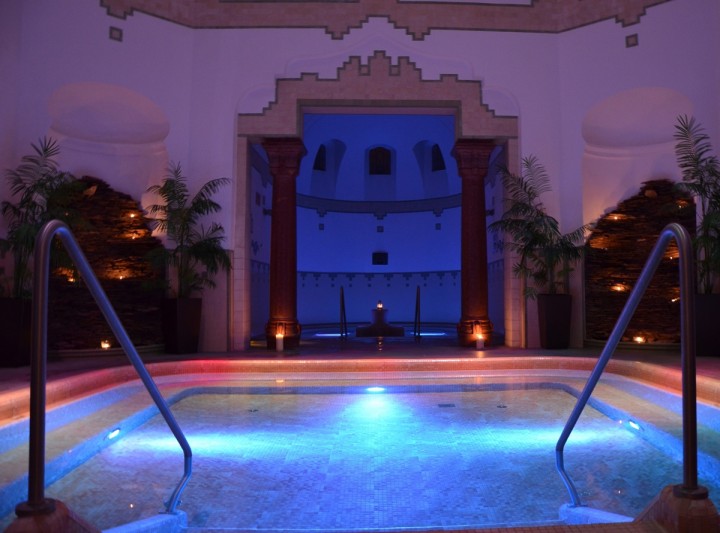
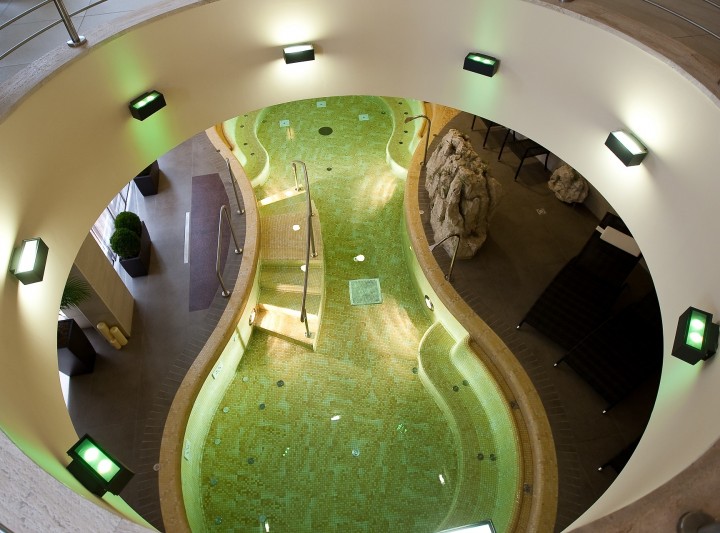
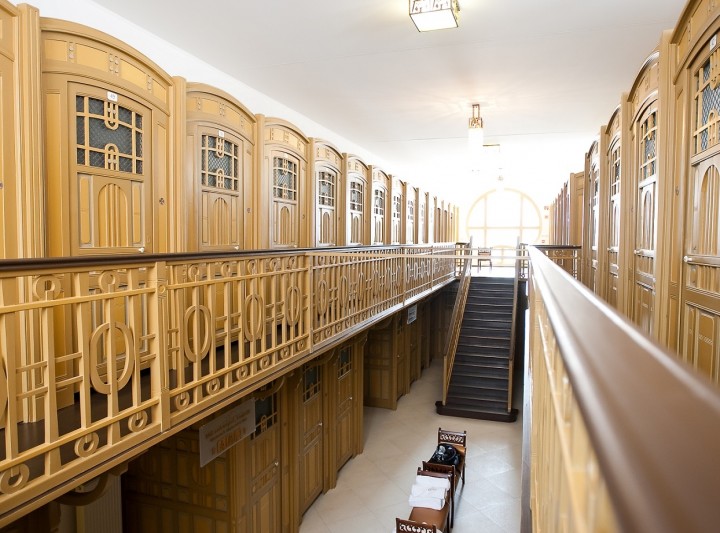
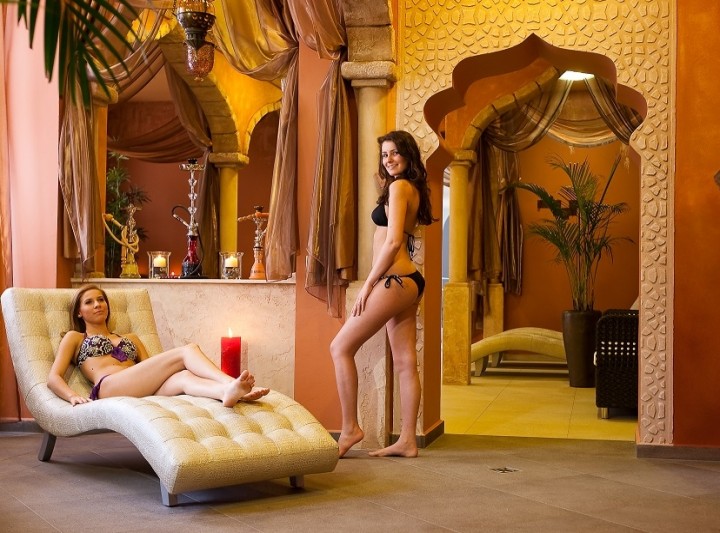
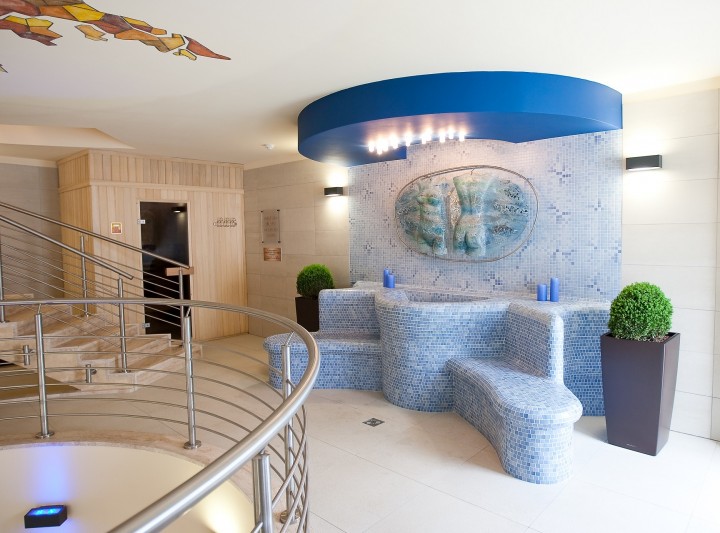
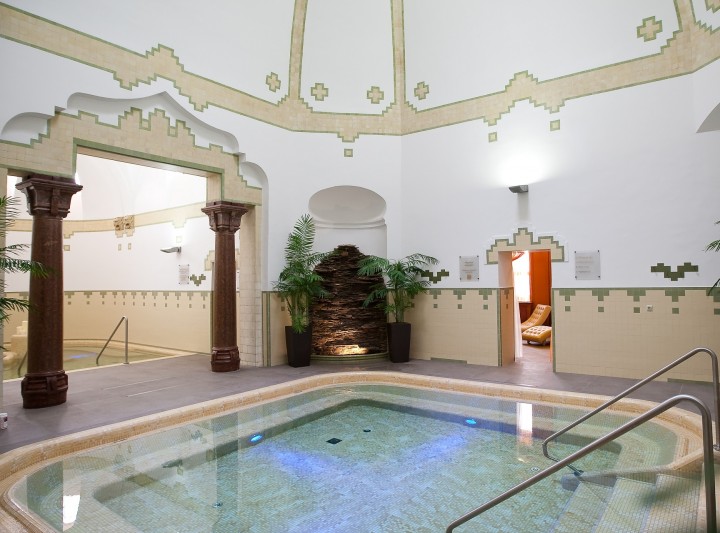
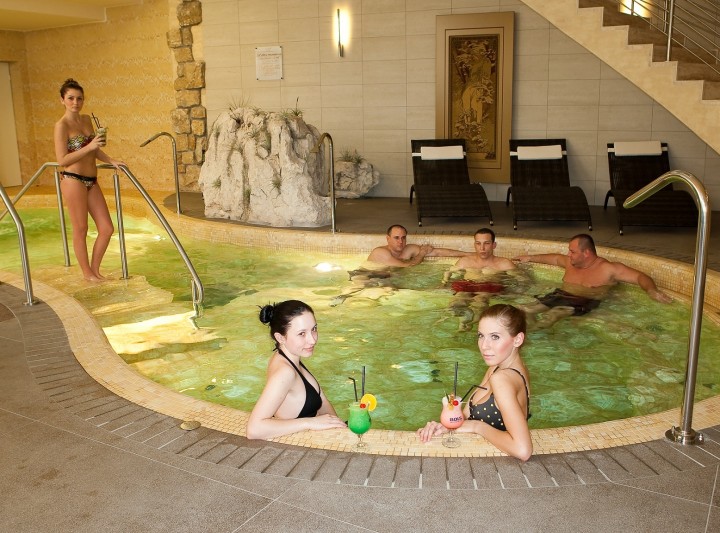
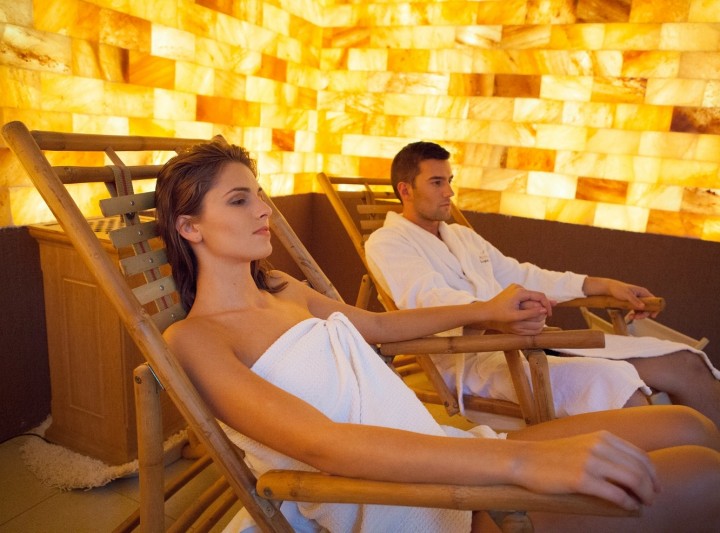
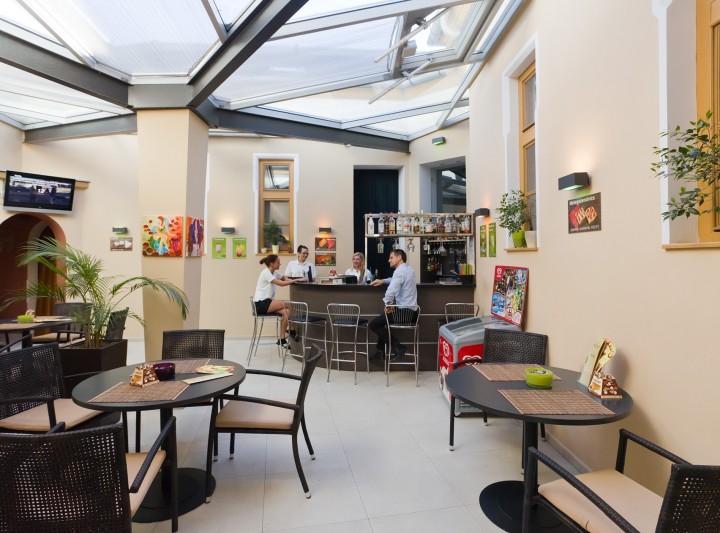

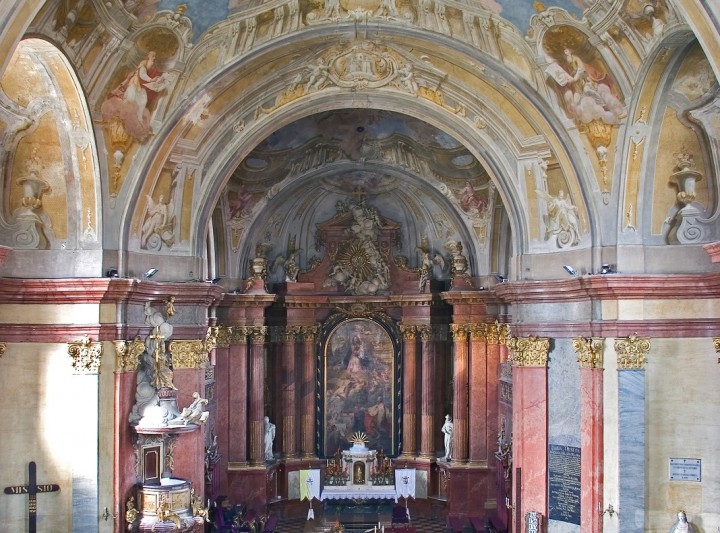

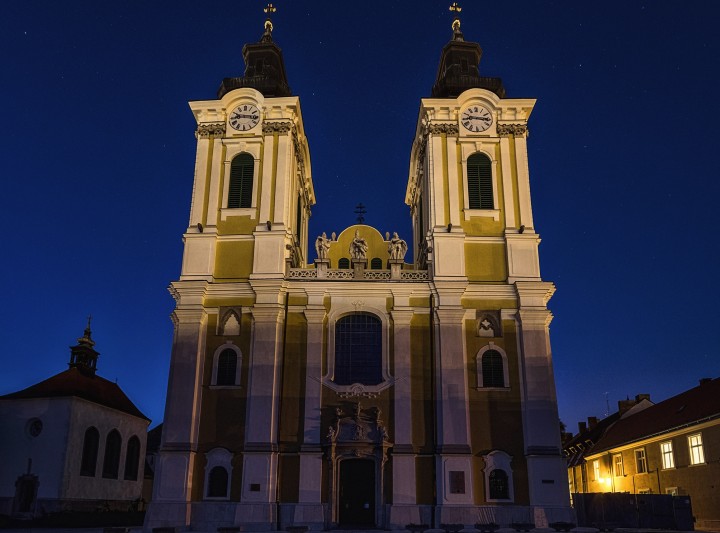
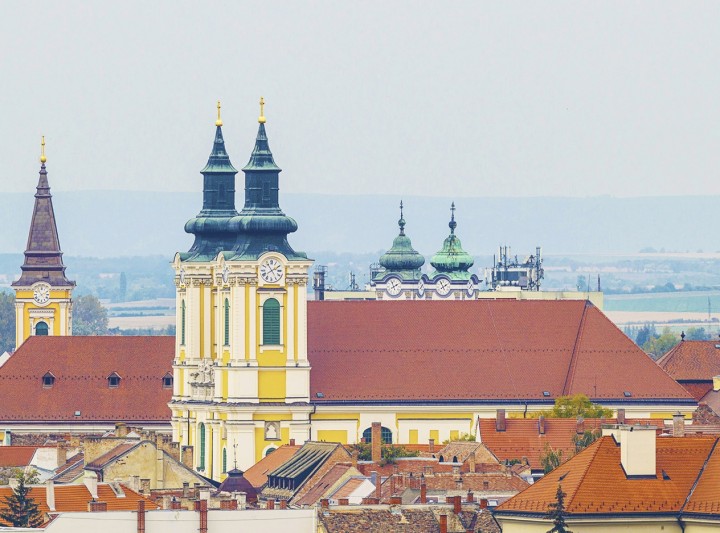


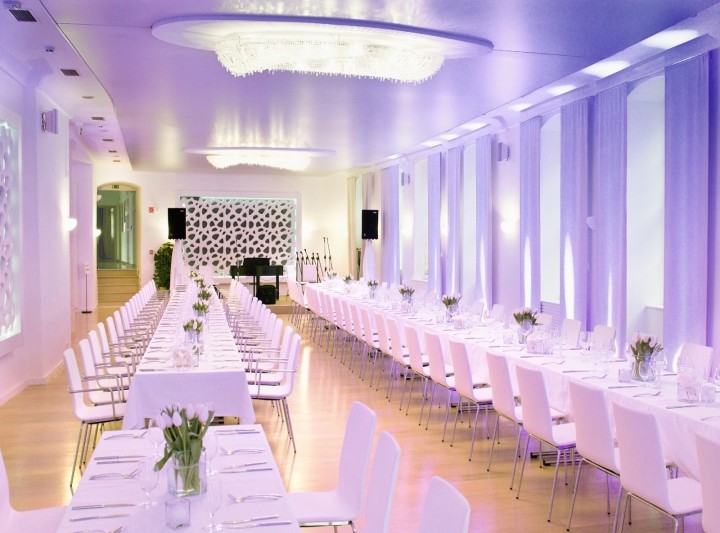



.jpg)
.jpg)
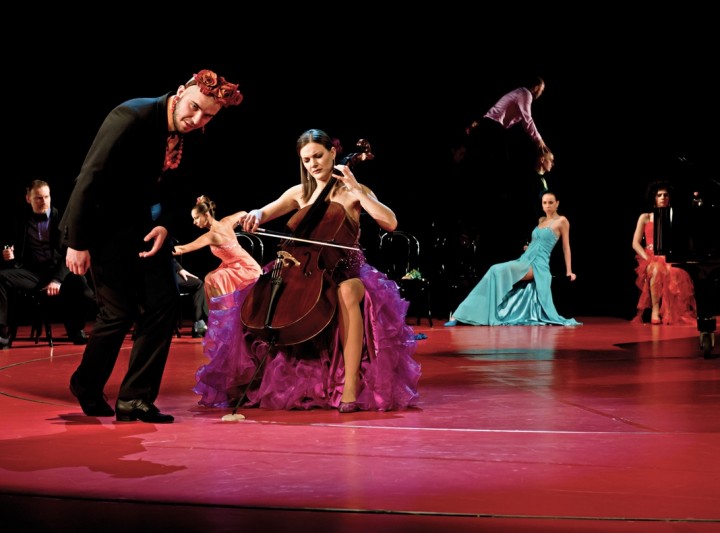
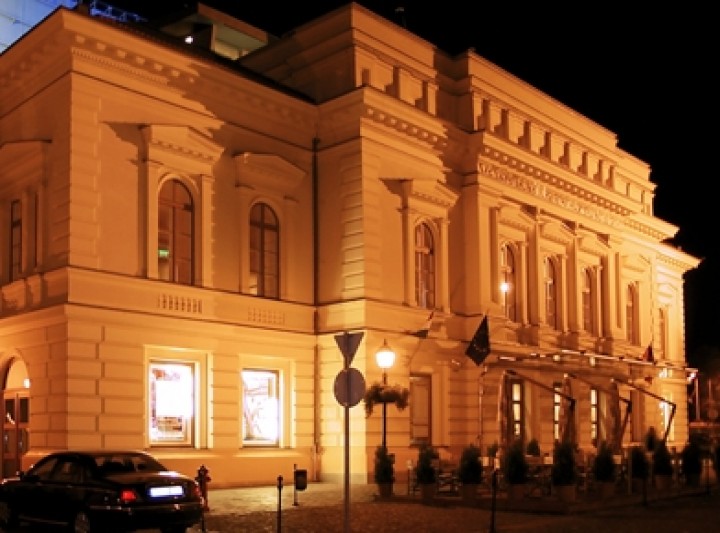
.jpg)
.jpg)
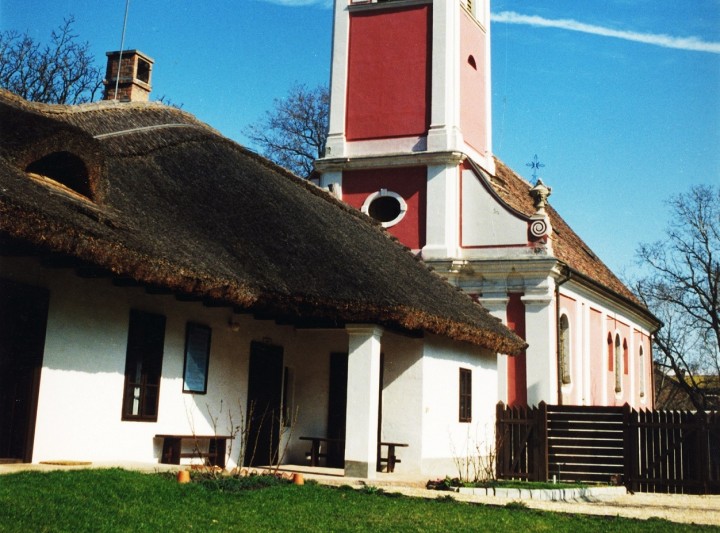
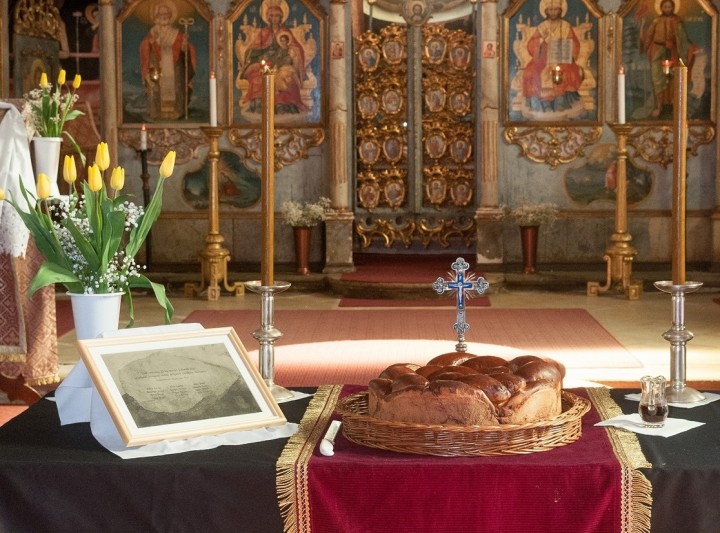
 (reduced).jpg)
.jpg)
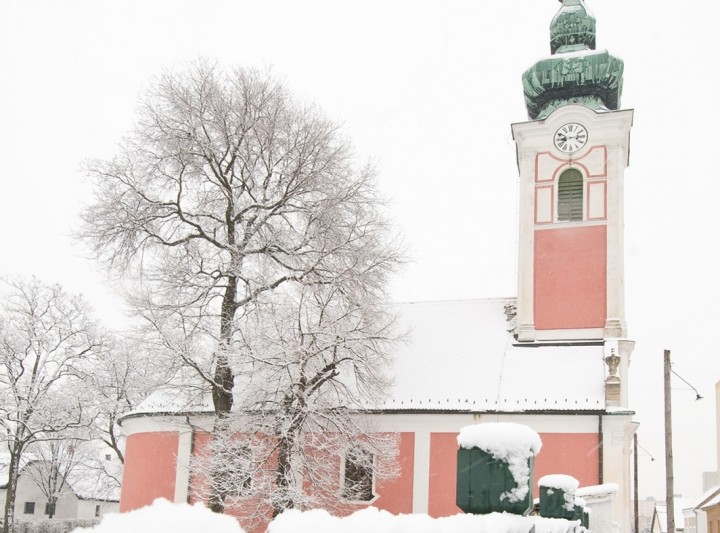
.jpg)
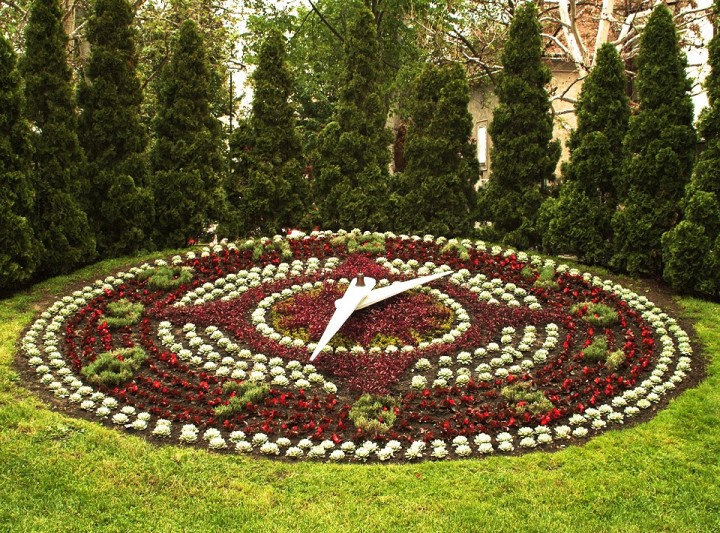
.jpg)
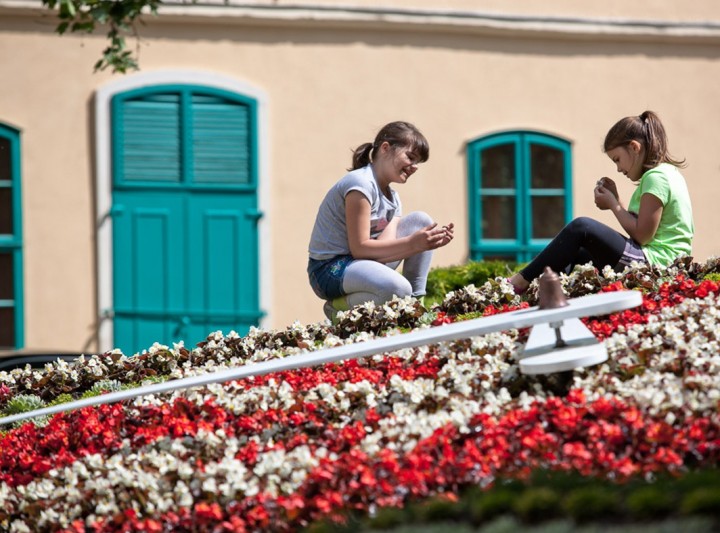
.jpg)
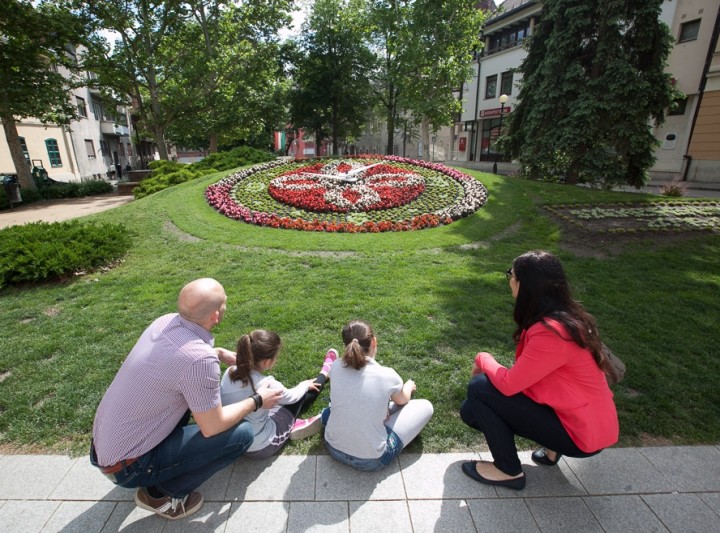
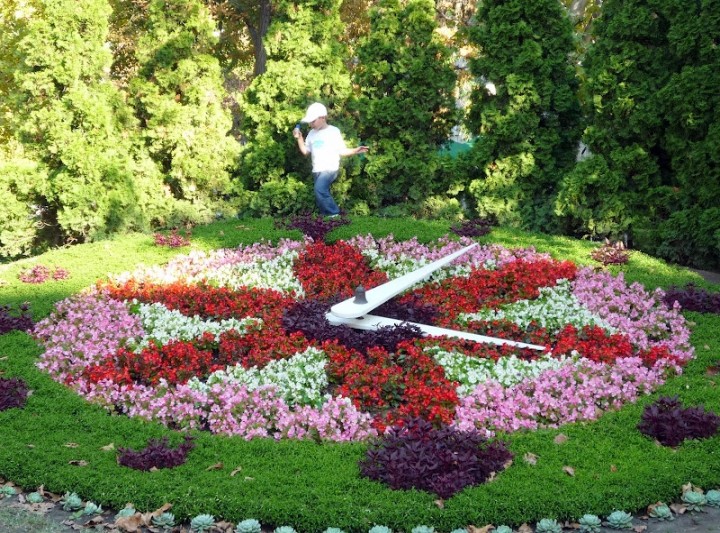












3000px.png)









